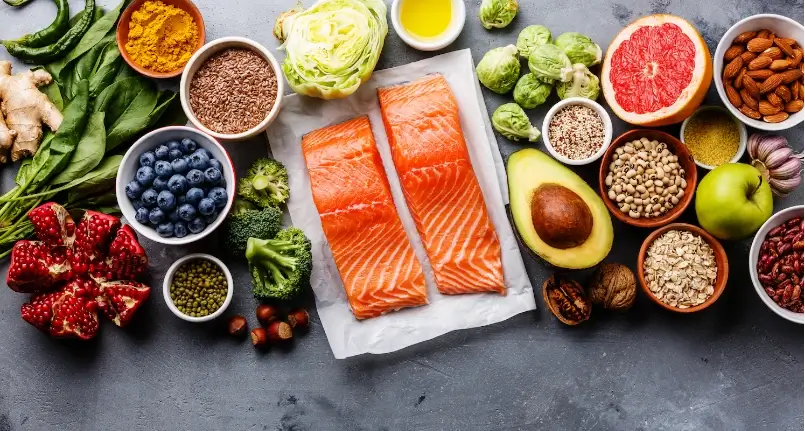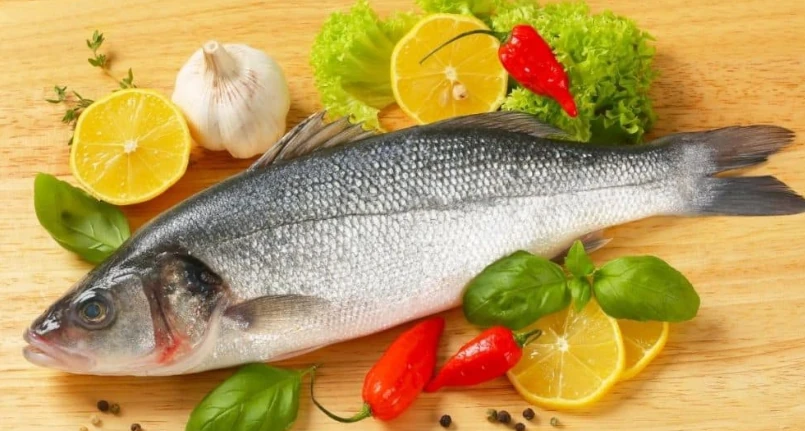What are
What are superfoods?
Superfood (superfood) is a marketing term used to indicate foods with presumed beneficial properties for health, attributable to a part of the nutritional characteristics or the overall chemical concentration.
Which ones are they
Examples of superfoods
The Dutch organization for food safety “Voedingscentrum” has reported that, despite not having any demonstration of any efficacy, the “health claims marketers” more frequently offer the following products:
- Ginseng Root (Genus P anax )
- Guarana ( P. capuana )
- Goji berries ( L. barbarum ) – which have not yet been proven to provide “real and greater” health benefits than other fresh fruits
- Hemp Seeds ( C. sativa )
- Chia seeds ( S. hispanica )
- Wheatgrass or wheatgrass ( T. aestivum ) – usually in juice or powder form
- Cranberry fruits ( V. macrocarpon ) – which are not particularly dense in nutrients, as the title of superfood would have you believe; in fact, they have only moderate content and just three essential nutrients : vitamin C (ascorbic acid), vitamin K and manganese . The intake of phenolic antioxidants , on the other hand, is equal to or lower than that of other fruits such as for example black grapes .
- Breadfruit fruit , which is generally consumed in the form of flour and which has high nutritional properties.
The Voedingscentrum also claims: “consumers who prefer these foods in large quantities and to the detriment of other foods have a high risk of structuring a unilaterally altered diet”.
They are more recent products:
- Turmeric Root ( C. longa )
- Reishi mushroom ( G. lucidum )
- Fermented papaya (fermented fruit of the C. papaya )
- Red clover leaves ( T. pratense )
- Red vine leaves ( V. vinifera )
- Ginger Root ( Z. officinale )
- Spirulina algae ( A. platensis )
- Raw green coffee seeds ( C. arabica or C. robusta )
- Açaí berries ( E. oleracea )
- Pomegranate – pomegranate fruit ( P. granatum ) – usually whole or in the form of juice
- Fruits of species belonging to the genus Hippophae
- Noni fruit ( M. citrifolia )
- Mangosteen seeds ( G. mangostana )
- Maca or Ginseng of the Andes ( L. meyenii )
- Matcha – which would be a particular type of green tea
- Yarsagumba ( O. sinensis fungus on ghost moth larvae).
Effectiveness
Superfoods: Do They Work?
As should be pretty clear by now, superfoods offer nothing more than just food. On average, they have a nutritional content that does not differ too much from that of common foods, which is why they shouldn’t even enjoy a similar title.
Superfoods are attributed many properties, for example energizing and tonic – as in the case of ginseng and guarana – or antioxidants – as in the case of superfruits. Furthermore, to meet the needs of the vegan population , the trade in edible seeds has been greatly expanded – with the hope of being able to fill the food shortages of this nutritional system.
If, on the one hand, some properties can be shared – for example, the content of essential amino acids in the new pseudo-cereals, cereals or legumes – on the other, there is quite a bit of misinformation. The fact that a food contains many antioxidants should not in fact suggest that it can somehow prevent aging or the development of neoplasms. Diet is certainly a determining factor but, studies in hand , it has not yet been demonstrated that the foods in question can actually decrease the incidence of neoplastic pathologies.
Disputes
Superfood controversies
The United States Food and Drug Administration and the Department of Agriculture or the European Food Safety Authority have never established an official definition of a superfood.
The “European Food Information Council” has declared that it is not correct to respect a diet exclusively based on superfoods, as the entire nutritional profile can only be provided by means of a varied and balanced diet – especially rich in fruit and vegetables .
According to Cancer Research UK, the term superfood is really just a marketing tool, with little scientific basis for any health effects. Although superfoods are often marketed as a form of “prevention or cure” for serious diseases such as cancer , Cancer Research UK warns that superfoods are no substitute for an overall healthy and balanced diet.
Catherine Collins, chief dietician at St George’s Hospital in London, says the term should be considered potentially misleading and dangerous.
History
History of superfoods
The term was used for the first time in 1949 in a Canadian newspaper, which described some presumed nutritional qualities of a muffin.
In the late 20th and early 21st centuries, the term “superfood” was already used as a sales tool for the trade in specific foods, dietary supplements , foods with selected additives , and self-help texts on nutritional therapy.
In 2004, in a completely free way, the term “superfruit” was coined, a designation based exclusively on a marketing strategy.
Since 2007, in the European Union (EU), if not supported by accredited and recognized scientific research, the trade of superfoods accompanied by “Healt Claims” (indications on any beneficial / therapeutic effects for health) has been prohibited .
Economy
Superfood industry
In 2007, it was predicted that by 2011, thanks to the advent of thousands of new superfruits, the superfood industry would become a billion-dollar global industry. According to “Datamonitor”, between 2007 and 2008, the launch of products grew by 67%, but then suffered a significant decrease starting from 2011, when the sale of food and non-food products based on pomegranate, açaí or goji decreased by 56% (2011-2012 vs 2009-2010).
More than a dozen studies of functional foods and beverages have referenced various exotic species of superfruit which, in 2007-2008, saw the introduction of more than 10,000 new products. Relatively rare fruits, from Oceania (noni), China (goji, seabuckthorn / Genus Hippophae ), Southeast Asia (mangosteen) or tropical South America (açaí), unknown to American consumers, were among the first successful superfruit (2005 to 2010); however, their popularity decreased between 2010 and 2013. In the same period, the only product to have maintained the same level of consumption was the pomegranate.
The “Tahitian Noni” company started selling noni juice in 1996 and made billions of dollars in the first 10 years. Some reports have shown that pomegranate products – such as pomegranate juice and pomegranate juice – grew by almost 400% in the period 2005-2007, surpassing the previous 6 years. Similarly, sales of “XanGo,” a multifruit juice also containing mangosteen, grew from $40 million in 2002 to $200 million in 2005.
In 2005, no less than five thousand new products were introduced in the wild berry category alone . The superfruit group re-entered the “top 10” global trends for the year 2008. As of 2013, however, the industry’s growth has slowed, with a declining number of newcomers. However, between 2011 and 2015, the number of food or beverage products containing the words “superfood”, “superfruit” or “supergrain” doubled.




